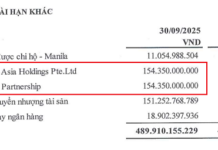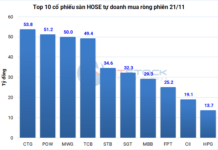
Anchored off the coast of Trieste for over three years, the Sailing Yacht A stands as both a symbol of power and unintended consequences. Designed by Philippe Starck and built by Nobiskrug, this 468-foot vessel remains moored after being seized by Italy’s Guardia di Finanza in March 2022 under EU sanctions against Russian billionaire Andrey Melnichenko. Its silver hull has become a familiar sight on the Adriatic horizon, yet behind its serene appearance lies a logistical and environmental burden rarely considered.
Luxurylaunches calculates that the yacht burns approximately 5,500 liters of diesel daily while anchored. Moored offshore, it cannot connect to shore power. Thus, its massive generators run continuously, powering air conditioning, stabilizers, security systems, and crew operations.

The colossal machinery within the superyacht has operated non-stop for three years.
Annually, this equates to roughly 2 million liters of fuel, or nearly 1,700 tons of CO₂ emissions—comparable to the yearly emissions of 250 average Italian households.
This high fuel consumption stems from what engineers call “hotel load”—the power required to maintain a vessel even when stationary. On Sailing Yacht A, the hotel load is immense. With a permanent crew of 20, systems like air conditioning, lighting, and water run 24/7. The yacht’s climate control and humidity management alone consume constant power to protect its exquisite interiors from moisture and mold.

Stabilizers, designed to keep the yacht steady without propulsion, operate continuously to ensure safety and prevent excessive rocking in rough seas. Refrigeration and galley systems, with multiple cold rooms and freezers, support the crew. “Watermakers” convert seawater into fresh water for daily use, while wastewater treatment units run constantly to meet environmental regulations. Add security, fire detection, lighting, entertainment networks, and hydraulics, and the energy demand becomes staggering.
Technical specifications list the yacht’s fuel capacity at around 850,000 liters. At current consumption rates, it could theoretically power its generators for five to six months before refueling.
Local newspaper Il Piccolo reported that in late July 2024, the vessel traveled to Venice for refueling, a process believed to occur every three months. For perspective, a full refueling requires the equivalent of 28 standard 30,000-liter road tankers.

This highlights a paradox. Built as one of the world’s most advanced hybrid superyachts, Sailing Yacht A now functions as a stationary power plant burning thousands of liters of fuel daily. For Trieste residents, it’s an odd neighbor—a futuristic spectacle for tourists but a silent energy guzzler outpacing some villages.
The city’s mayor recently expressed frustration over the yacht’s staggering maintenance costs, nearing $1 million monthly. For local authorities, it’s not just a financial headache but a reminder that geopolitical ripples extend beyond headlines, leaving environmental and economic scars.





































